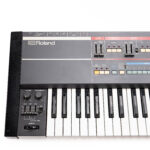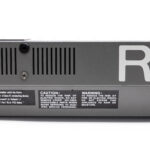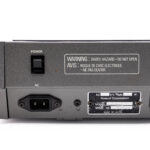This Roland Juno 106 has been fully tested by our expert team and comes with a full money-back, satisfaction guarantee.
The Roland Juno-106 is a highly acclaimed analog polyphonic synthesizer released in the mid-1980s. Known for its warm and distinctive sound, it has become a staple in both vintage and modern music production. Here are the key features and details of the Roland Juno-106:
Key Features
Analog Sound Engine:
Oscillators: It features a single digitally controlled oscillator (DCO) per voice, ensuring stable tuning while maintaining analog warmth.
Polyphony: The Juno-106 has six voices of polyphony, allowing for rich chordal and pad sounds.
Sub-Oscillator:
Each voice includes a sub-oscillator that adds depth and fullness to the sound, particularly useful for creating bass lines.
Filter Section:
VCF: The voltage-controlled filter (VCF) features a 24dB/octave low-pass filter, renowned for its smooth and musical response.
Resonance: The filter resonance can be pushed to self-oscillation, adding unique harmonic textures to the sound.
Envelope Generator:
The ADSR (Attack, Decay, Sustain, Release) envelope generator allows for precise shaping of the sound’s amplitude and filter response.
LFO (Low-Frequency Oscillator):
The Juno-106 includes an LFO for modulation of the DCO pitch, pulse width, and filter cutoff, enabling a wide range of modulation effects, including vibrato and filter sweeps.
Chorus Effect:
One of the defining features of the Juno-106 is its built-in chorus effect, which adds a lush, spatial dimension to the sound. The chorus has two modes, each with a distinctive character.
Performance Controls:
The front panel provides hands-on control with sliders and buttons for nearly every parameter, making it easy to tweak sounds in real-time.
Memory:
The Juno-106 can store up to 128 patches in its memory, allowing users to save and recall their favorite sounds quickly.
MIDI Integration:
As one of the early synthesizers to feature MIDI, the Juno-106 can be easily integrated into modern setups for sequencing and control from external devices.
Design and Build
- User Interface: The Juno-106 has a straightforward, intuitive interface with a well-organized layout, making it accessible for both beginners and experienced synthesists.
- Build Quality: Known for its sturdy construction, the Juno-106 is built to withstand the rigors of both studio and live performance environments.
Popularity and Legacy
- Music Genres: The Juno-106 has been used across a wide range of music genres, including pop, rock, electronic, and dance music.
- Notable Users: Many famous artists and bands have used the Juno-106, contributing to its legendary status in the music industry.
Maintenance and Issues
- Voice Chip Issues: One common issue with the Juno-106 is the failure of its voice chips (80017A VCA/VCF chips). However, replacement chips and services are available to restore the synthesizer to full functionality.
- Battery Replacement: The internal memory battery may need replacement over time, which is a relatively simple maintenance task.
The Roland Juno-106 remains a beloved synthesizer for its distinctive analog sound, ease of use, and robust feature set. It continues to be a popular choice for both vintage enthusiasts and contemporary producers.










